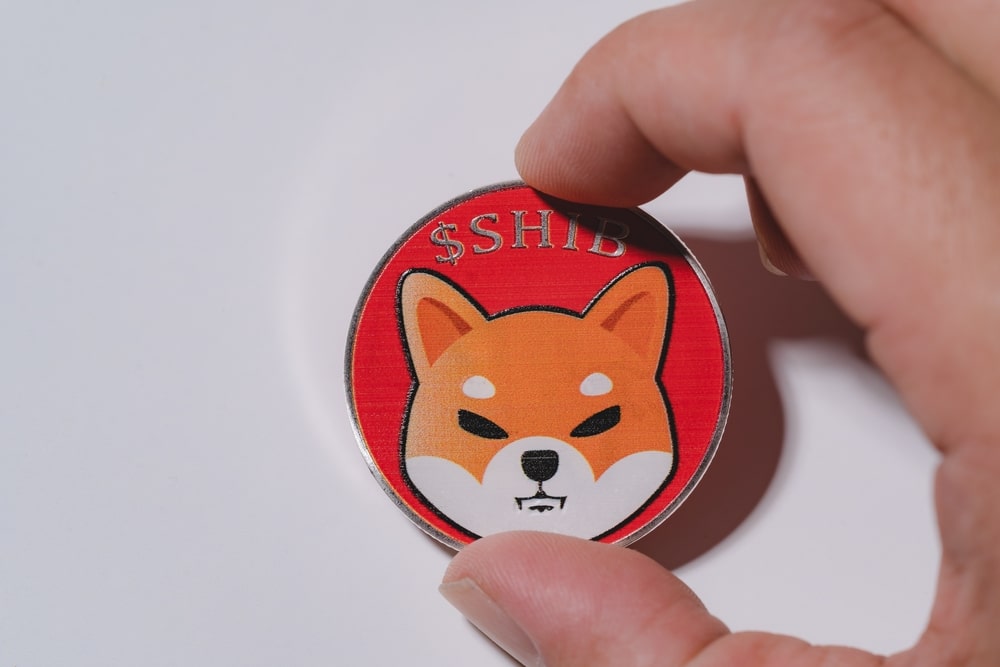How Bitcoin Runes Differ from Ordinals in Utility

BTC Runes represent the latest innovation in Bitcoin technology, developed by Casey Rodarmor, who is also behind the Ordinals invention. This discussion will first define Bitcoin Runes, providing clarity on their nature, and subsequently delve into their differences compared to Ordinals.
The Runes Protocol Defined
The Runes protocol, conceived by Casey Rodarmor, employs the Unspent Transaction Output (UTXO) system as a basis for issuing fungible tokens while addressing the issue of excessive junk UTXOs that burden the Bitcoin network.
In September 2023, Rodarmor introduced the Runes protocol as a streamlined alternative to the BRC-20. Despite its popularity for enabling the creation of fungible tokens on the Bitcoin network, the BRC-20 has been criticized for its complexity and the substantial number of redundant UTXOs it generates. The Runes protocol aims to curtail this on-chain excess.
Operation of the Bitcoin Runes Token Standard
The Runes protocol seamlessly integrates into the existing UTXO framework of the Bitcoin network. In this system, outputs from previous transactions serve as inputs for new ones. Each transaction consumes its input, producing a new output, or UTXO, which delineates the remaining Bitcoin balance available for future transactions and safeguards against double-spending.
Within this framework, the Runes protocol employs the OP_RETURN operation to assign a token supply, identification number, and specific output to a UTXO. The defined token supply indicates the number of Rune tokens that a particular UTXO can accommodate, while the ID provides a numeric identifier for the Rune.
Token transfers under the Runes protocol involve dividing a UTXO into several new ones, each holding different quantities of Rune, allowing for precise tracking of Rune balances.
The Runes protocol utilizes the OP_RETURN function to store data on-chain efficiently without impeding the performance of the Bitcoin network. OP_RETURN, a native Bitcoin function, creates provably unspendable outputs that do not contribute to UTXO congestion.
A single OP_RETURN output can encode all Rune messages—or Runestones—within a transaction, encompassing activities like etching, transferring, and minting. Improperly formed Runestones, known as cenotaphs, lead to the burning of all Runes in such transactions.
Etching is the process of creating new Rune tokens and establishing their governance rules and immutable characteristics. Additionally, Runes may offer pre-mining options, whereby the etcher secures a specific quantity of tokens prior to public release.
Runes support both open and closed minting processes, each defined by specific parameters and conditions set during the etching phase. Open minting permits anyone who fulfills the pre-established conditions to generate new tokens. In contrast, closed minting restricts token creation to those who meet particular criteria, such as reaching a certain threshold or after a specified period. Minting concludes when these conditions are no longer met.
Distinctions Between Ordinals and Runes in Data Storage and Transfer
The techniques employed by Ordinals and Runes to store data on the Bitcoin blockchain are fundamentally different. Under the Ordinals protocol, data is stored in the witness section of a transaction, where specific details are added to individual Satoshis, rendering each one unique. This characteristic is intrinsic to the nature of Ordinals. In contrast, understanding how Bitcoin Runes diverge from Ordinals is crucial, as they adhere to a different approach by embedding token records directly within Bitcoin’s Unspent Transaction Outputs (UTXOs), a method that maintains the blockchain’s integrity and ensures it remains compatible with existing Bitcoin infrastructure.
When it comes to the methods of transferring these tokens, Runes utilizes a straightforward approach. They are transferred like typical Bitcoin transactions without necessitating the complex splitting of UTXOs. This streamlined process reduces user complexity and enhances functionality. On the other hand, to transfer Ordinals, a function is used to divide a single UTXO into multiple new ones, each carrying a specific number of Ordinals, thereby distributing the inscriptions across the UTXO structure.
Finally, the scalability of these protocols presents a significant difference. Although Ordinals provide a versatile platform on the Bitcoin blockchain, their data storage method in transaction witnesses could potentially limit scalability due to the large volume of data involved. Runes address these limitations by integrating token records directly into UTXOs, thus alleviating scalability and performance issues. This efficiency ensures that the Bitcoin network remains robust, even as the adoption of Runes potentially increases.
Conclusion
BTC Runes and Bitcoin Ordinals represent two distinct approaches to expanding the utility and functionality of the Bitcoin network, each with its unique implications for data storage, transaction mechanics, and scalability. While Ordinals have introduced a novel way to integrate NFT-like features directly onto Bitcoin’s blockchain, Runes offers a streamlined and efficient alternative focused on reducing blockchain bloat and enhancing performance.
DISCLAIMER: It's essential to understand that the content on this page is not meant to serve as, nor should it be construed as, advice in legal, tax, investment, financial, or any other professional context. You should only invest an amount that you are prepared to lose, and it's advisable to consult with an independent financial expert if you're uncertain. For additional details, please review the terms of service, as well as the help and support sections offered by the provider or promoter. While our website strives for precise and impartial journalism, please be aware that market conditions can shift unexpectedly and some (not all) of the posts on this website are paid or sponsored posts.









